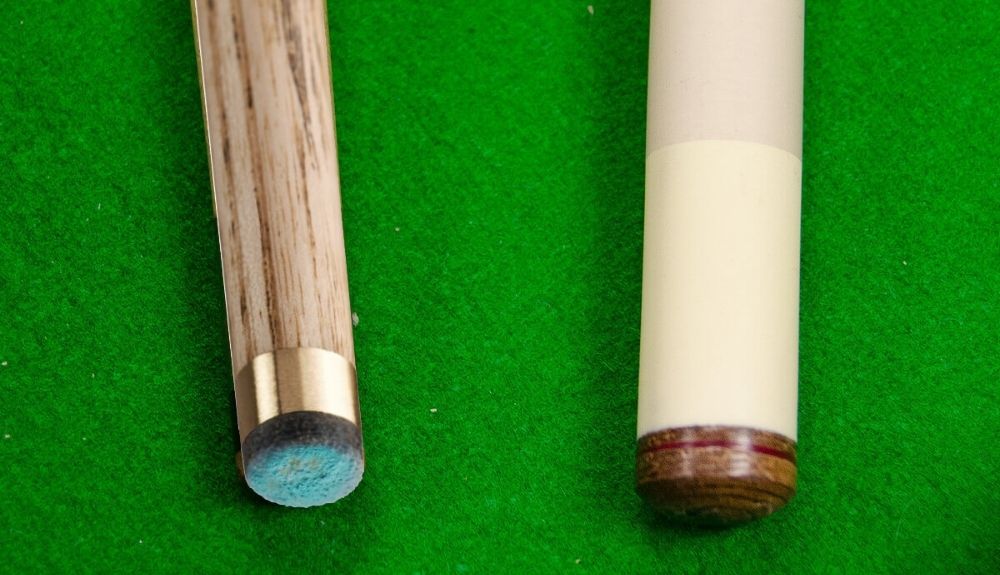Best Pool Cue Tips: Ultimate Guide & Reviews
Do you ever wonder why some pool players seem to effortlessly control the cue ball, bending it to their will with every shot? The secret lies, in part, in the often-overlooked hero of the game: the cue tip.
Thoroughbred tips, for example, have earned their reputation as premium choices because they genuinely enhance the ease with which one can play. These tips are crafted using dark brown Japanese pigskin, available in either six or eight layers. This variety permits players to select the one that best fits their particular style. The magic of these tips is their responsiveness requiring minimal effort to impart spin to the cue ball, granting players a significant advantage.
The evolution of the cue tip has been a long and winding road. Ever since Captain Franois Mingauds innovative leather tip emerged in France back in 1807, the quest to find the perfect tip has driven pool and billiards enthusiasts. While choices were once scarce, today's players have an embarrassment of riches, with dozens of tip options to explore.
- Lamine Exploring Its Meaning In Arabic And Cultural Significance
- Unveiling The Allure Of Shanin Blakes Onlyfans Journey
| Feature | Details |
|---|---|
| Name | Cue Tip |
| Description | A crucial component of a pool cue that contacts the cue ball, influencing control, spin, and overall performance. |
| Material | Typically made from leather, but also from synthetic materials. |
| Hardness Levels | Ranges from super soft to hard, influencing ball control and longevity. |
| Diameter | Commonly 13mm or 14mm, affecting break shots and power transfer. |
| Shape | Various shapes impact shot accuracy and control. |
| Popular Brands | Elk Master, Kamui, Tiger, Collapsar, etc. |
| Maintenance | Requires regular chalking, cleaning, and occasional replacement. |
| Impact on Game | Significantly affects spin, control, power, and overall shot precision. |
| Player Preference | The choice of tip depends on playing style, cue type (playing or breaking), and personal feel. |
Article Recommendations
- Discovering The World Of Mkv Point Movies
- Exploring The Lives Of Bill Paxtons Kids A Legacy Beyond The Screen



Detail Author:
- Name : Freeman Kiehn
- Username : lavonne.corkery
- Email : sister80@yahoo.com
- Birthdate : 1988-09-01
- Address : 565 Gaylord Ridge Apt. 465 South Elsastad, DE 27200
- Phone : 510-471-1658
- Company : Rogahn Ltd
- Job : Set and Exhibit Designer
- Bio : Aliquid ut maxime quia quis magni. Nesciunt nam quo sit rerum asperiores accusantium fugit exercitationem. Suscipit molestiae iure nam ut inventore reprehenderit hic.
Socials
facebook:
- url : https://facebook.com/diana_king
- username : diana_king
- bio : Et quis ad quam omnis. Provident hic deleniti rem molestias rerum culpa.
- followers : 1903
- following : 1875
tiktok:
- url : https://tiktok.com/@dianaking
- username : dianaking
- bio : Assumenda quia recusandae unde aperiam ex. Qui eum quis qui nobis.
- followers : 3526
- following : 1226